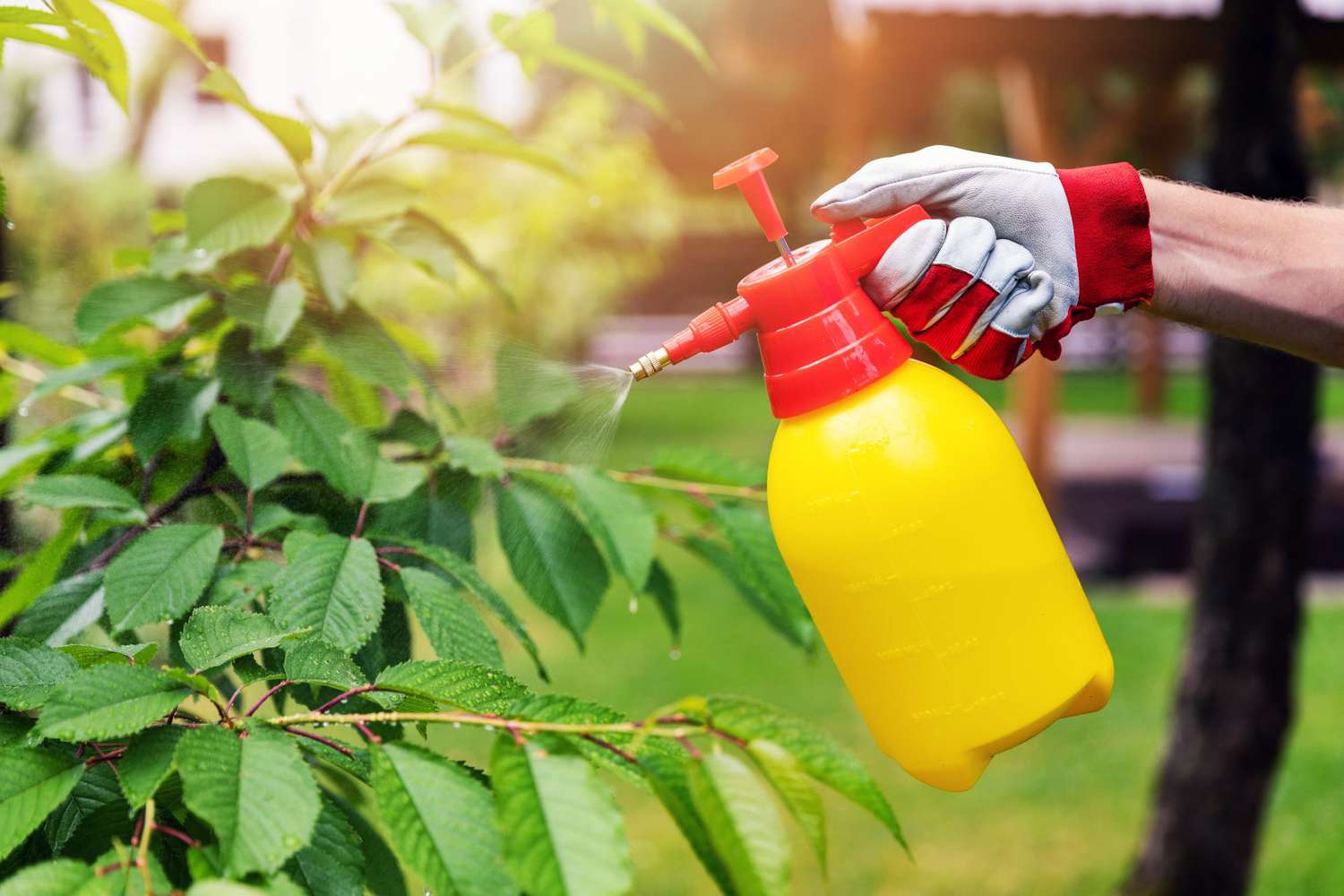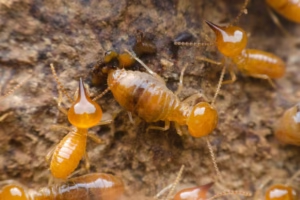Is Bleach as a Weed Killer a Good or Bad?
In the battle against unwanted weeds in your garden or yard, you might be tempted to reach for household bleach as an inexpensive solution. Before you do, it’s important to understand the benefits, risks, and alternatives to using bleach as a weed killer. This comprehensive guide will help you make an informed decision about whether bleach is the right choice for your weed control needs.
Understanding Bleach as a Weed Killer
What Makes Bleach Kill Weeds?
Household bleach typically contains sodium hypochlorite, a harsh chemical that can destroy plant cells on contact. When applied to weeds, bleach essentially burns the plant tissue, causing rapid wilting and eventually killing the plant. The high pH level of bleach (around 11) also contributes to its weed-killing ability by disrupting the chemical processes necessary for plant survival.
Short-Term Effectiveness
When you apply bleach to weeds, you’ll likely notice results quickly. The leaves will begin to yellow and wilt within hours, and smaller weeds may die within a day or two. This immediate visual feedback makes bleach seem like an effective solution at first glance.
However, there’s more to consider than just immediate results when evaluating any weed control method.
The Downsides of Using Bleach in Your Garden
Environmental Impact
Using bleach as a weed killer poses significant environmental concerns:
- Soil Damage: Bleach can kill beneficial microorganisms in your soil that are essential for plant health. These microbes help break down organic matter, cycle nutrients, and support root development.
- Persistent Soil Toxicity: The chemicals in bleach can remain in your soil, potentially affecting future plantings in the treated area.
- Water Contamination: When it rains, bleach can be washed from your garden into storm drains, eventually reaching local waterways where it can harm aquatic life.
- Plant Collateral Damage: Bleach is non-selective, meaning it will kill or damage any plant it contacts, not just your target weeds.
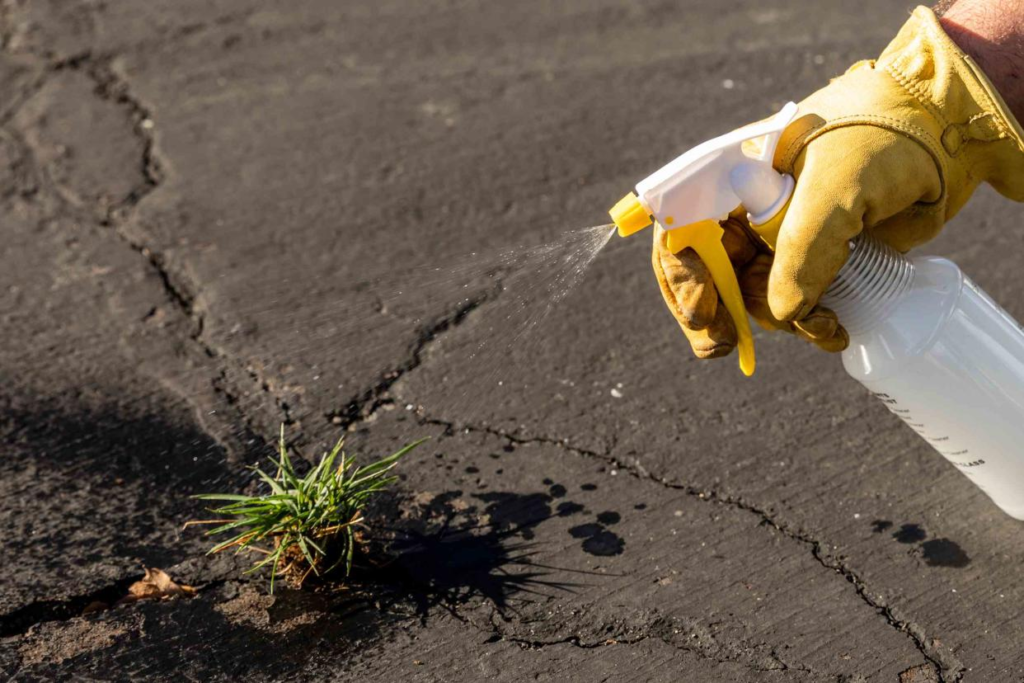
Health and Safety Concerns
Beyond environmental impacts, bleach presents several health and safety issues:
- Respiratory Irritation: The fumes from bleach can cause respiratory issues, especially for those with asthma or other breathing conditions.
- Skin and Eye Irritation: Direct contact with bleach can cause burns or irritation to skin and eyes.
- Pet Safety: Areas treated with bleach can be harmful to pets who may walk through the area or ingest affected plants.
- Chemical Burns: Concentrated bleach can cause chemical burns to plant tissues beyond your target weeds, creating unsightly dead patches in your lawn.
According to the Environmental Protection Agency (EPA), many household chemicals like bleach are not registered for use as pesticides or herbicides because they haven’t been tested for this specific purpose, potentially posing unknown risks.
Limited Effectiveness Against Certain Weeds
Not all weeds respond equally to bleach application:
- Surface-Only Treatment: Bleach typically only kills the parts of the plant it directly contacts. For perennial weeds with deep root systems, this often results in temporary die-back followed by regrowth.
- Weather Limitations: Rain can wash away bleach before it has fully worked, requiring reapplication and increasing environmental exposure.
- Resistance Development: Frequent use of any single method can lead to resistant weed populations over time.
Comparing Bleach to Other Weed Control Methods
To help you make an informed decision, here’s a comparison of bleach versus other common weed control methods:
| Method | Effectiveness | Environmental Impact | Cost | Safety | Long-term Control |
|---|---|---|---|---|---|
| Bleach | Moderate (short-term) | High negative impact | Very low | Poor (toxic) | Poor |
| Commercial Herbicides | High | Moderate to high impact* | Moderate | Varies by product | Good |
| Vinegar Solutions | Moderate | Low impact | Low | Good | Poor to moderate |
| Boiling Water | Moderate | Minimal impact | Very low | Good (with proper handling) | Poor |
| Manual Pulling | High (with proper technique) | No impact | Free | Excellent | Good |
| Mulching | Moderate | Beneficial impact | Low to moderate | Excellent | Good |
| Flame Weeding | High | Low impact | Moderate (equipment) | Moderate (fire risk) | Moderate |
*Impact varies significantly based on specific product formulation
Better Alternatives to Bleach for Weed Control
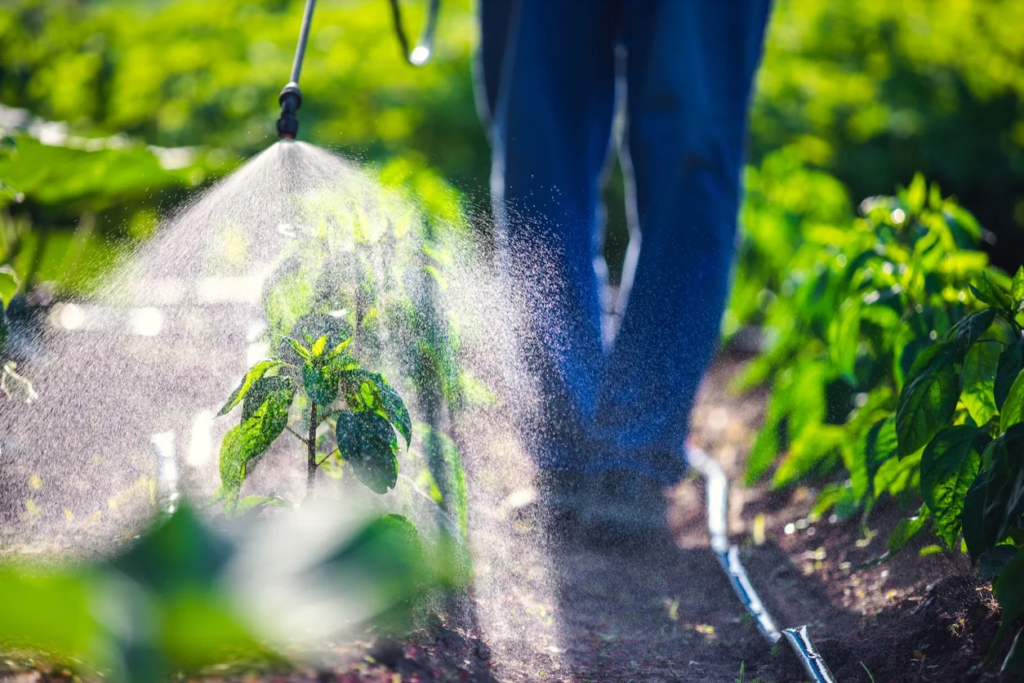
Environmentally Friendly Chemical Alternatives
If you prefer a spray solution, consider these safer alternatives:
- Vinegar-Based Solutions: A mixture of horticultural vinegar (20-30% acetic acid), salt, and a small amount of dish soap can effectively kill many weeds. This solution works best on sunny days and may require multiple applications.
- Corn Gluten Meal: This natural pre-emergent herbicide prevents weed seeds from germinating without harming established plants.
- Commercially Available Organic Herbicides: Many EPA-approved organic herbicides use natural oils or acids that break down quickly in the environment.
Physical Weed Control Methods
Non-chemical approaches often provide more sustainable long-term results:
- Manual Removal: For smaller areas, hand-pulling weeds (ensuring you remove the roots) remains one of the most effective methods.
- Boiling Water: Pouring boiling water directly on weeds will kill them quickly without chemical residue, though like bleach, this only affects the parts it contacts.
- Mulching: A thick layer of mulch (3-4 inches) prevents light from reaching weed seeds, inhibiting germination.
- Landscape Fabric: In ornamental beds, quality landscape fabric beneath mulch provides excellent weed suppression.
- Flame Weeding: Propane torch weeders effectively kill weeds by rupturing plant cells through intense heat.
Preventative Measures
Prevention is always the most efficient approach to weed control:
- Proper Lawn Care: A dense, healthy lawn naturally outcompetes many weeds.
- Strategic Planting: Using ground covers and dense plantings in garden beds leaves little room for weeds to establish.
- Regular Monitoring: Addressing weeds when they first appear prevents them from setting seed and spreading.
When Limited Bleach Use Might Be Appropriate
While generally not recommended, there are a few specific scenarios where carefully controlled bleach application might be acceptable:
- Cracks in Concrete: For weeds growing in sidewalk or driveway cracks far from other plants or water sources, a small, targeted application might be reasonable.
- Invasive Species Control: In some cases of particularly aggressive invasive species where other methods have failed, bleach might be used as a last resort with extreme caution.
If you do choose to use bleach in these limited situations:
- Dilute it (1 part bleach to 10 parts water)
- Apply using a direct method like a paintbrush rather than spraying
- Apply only on dry, windless days
- Keep children and pets away from the area
- Never use near water features or before rain
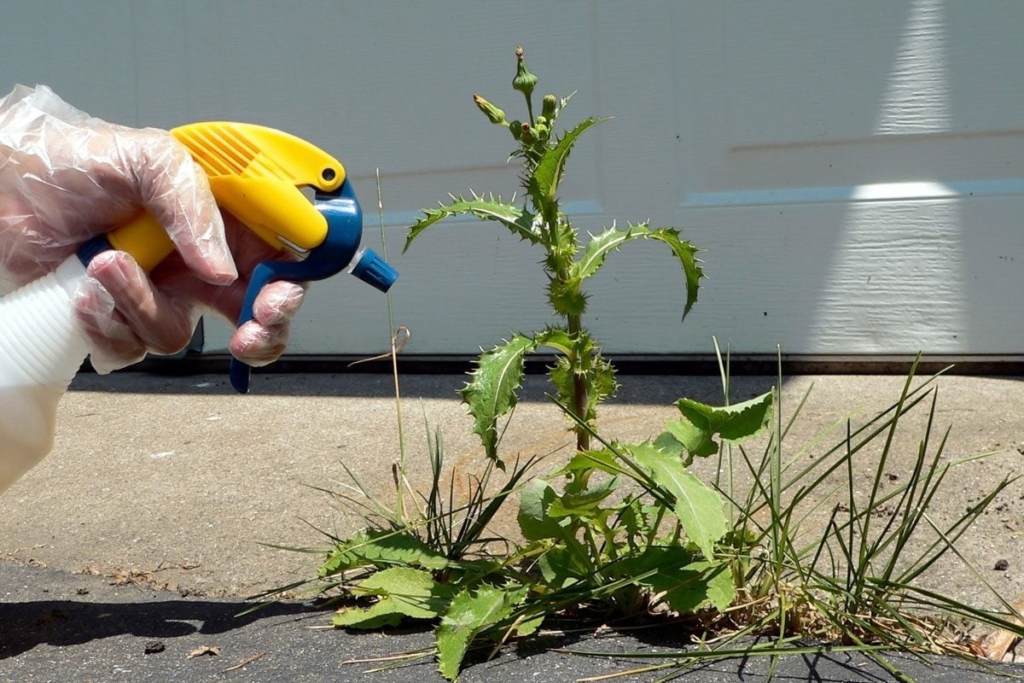
Making the Most Sustainable Choice for Your Garden
When deciding how to approach weed control in your garden or yard, consider these factors:
Assessing Your Specific Situation
The best weed control approach depends on:
- The size of your property
- Types of weeds present
- Proximity to water sources
- Whether you have children or pets
- Your gardening goals (organic, conventional, etc.)
Long-Term Soil Health
Remember that healthy soil supports healthy plants, which naturally resist weed pressure. Methods that preserve or enhance soil biology will provide better results over time than harsh chemicals that damage soil life.
Integrated Weed Management
Most experienced gardeners find that a combination of methods works best:
- Prevention through mulching and proper plant spacing
- Regular manual removal of emerging weeds
- Targeted use of safer herbicides when necessary
- Acceptance of some level of weed presence as part of a natural ecosystem
Conclusion: The Verdict on Bleach as a Weed Killer
While bleach may offer a quick, inexpensive fix for weed problems, its environmental risks, limited effectiveness against established perennial weeds, and potential for collateral damage make it a poor choice for regular garden use. The short-term convenience simply doesn’t outweigh the long-term consequences to your soil health and local ecosystem.
For most gardening situations, alternative methods—whether other natural herbicides, manual removal, or preventative measures—offer better results without the downsides. By choosing more sustainable weed control methods, you’re not just addressing today’s weed problems; you’re investing in a healthier garden ecosystem that will be more resilient against weeds in the future.
If persistent weeds are a significant problem in your garden, consider consulting with your local extension office for region-specific advice on the most effective and environmentally responsible control methods for your particular weed species. The extra effort to implement proper weed management practices will pay dividends in a healthier, more productive garden for years to come.
